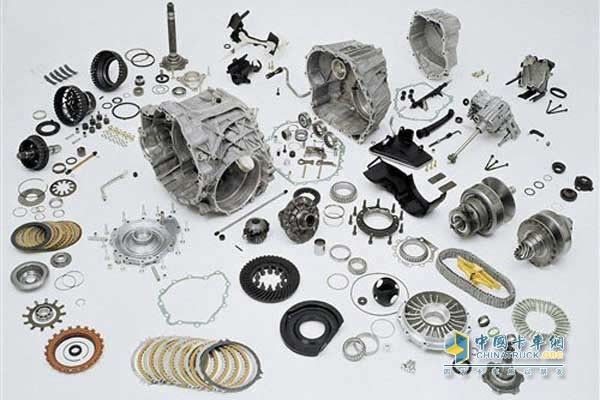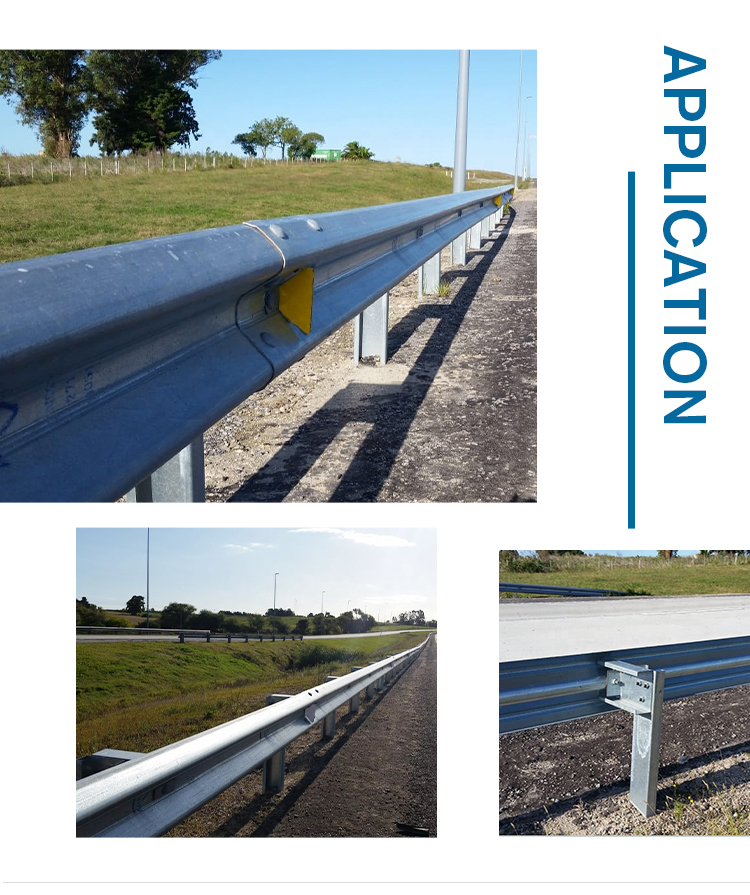According to "Global automotive supplier study" consultancy Roland Berger recently released report, the global auto parts market in the short term growth will slow. In the long run, fundamental changes will take place in the industrial structure, and suppliers who focus on products, customers, and regional structures may receive significant benefits. China's only growth engine for market growth The report pointed out that the global auto parts market has flourished in the past few years and has always maintained a high level of profitability. Since 2011, the global EBIT margin of auto parts suppliers has continued to rise, reaching a record high of 7.5% in 2014. The report believes that in 2015, the volatility and uncertainty of the global auto industry will continue to increase. The output of global light vehicles is expected to continue to rise in the next two years, but the growth rate will drop significantly. Among them, Europe will maintain a low level, Japan will decline, and the North American Free Trade Area will grow moderately. China is still the only major growth driver. In addition, OEMs facing increasing profit pressure have begun to cut additional costs, which has increased the friction between OEMs and suppliers. Therefore, on the basis of maintaining a high level of profitability, suppliers are expected to see short-term growth slow down and downside risks over opportunities. Roland Berger believes that as the demand of end customers continues to shift to Asia, the downstream suppliers of raw materials expand, and the currency and capital markets fluctuate, and other factors, the uncertainties faced by auto parts suppliers in the future will increase, and the industrial structure will increase. Fundamentally changed, and will redistribute the benefits of products and areas. Increased strength of local Chinese suppliers For auto parts suppliers, this environment will create more opportunities and risks. On a case-by-case basis, the profitability of Chinese suppliers still has a leading edge, but due to the fierce competition, its profit level is gradually declining. In the next few years, China will still be the largest market for automotive terminal customers, and Chinese customers’ demand for entry-level vehicles will increase significantly. This poses a challenge to the quality and technology of local OEMs and the cost of Western OEMs. In the long run, 2-3 competitive Chinese Tier 1 suppliers will appear in the top 30 global suppliers. As China's number one automotive production base, the gap between local suppliers and global counterparts is gradually narrowing. The report suggests that suppliers should seize the next wave of opportunities to increase efficiency without limiting their flexibility to quickly adapt to more uncertain and volatile market developments. At the same time, suppliers should be prepared to benefit from the transfer of industries and mitigate the risks in the medium to long term. In the short term, suppliers should increase their smart efficiency; increase or maintain the flexibility of the entire value chain in production, R&D, and procurement; stimulate the initiative of key resources to ensure that they can join possible working groups at any time; and strictly manage investment decisions. And one-time costs; careful monitoring of market development and the possible decline in market signals. In terms of long-term actions, suppliers should maintain or improve their unique sales propositions, highlight distinct technical or process differences, focus on product areas with growth rates above the average, and have profit potential, and actively use M&A opportunities; It also balances regional share and customer share from the point of view of creating value; establishes optimal processes and structures, maintains flexibility and efficiency in a more complex and globalized layout, and applies scenarios simulation technology to regularly review and adjust previously developed strategies.
Crash Barrier
Hot dipped galvanized Steel Guardrail /Highway fence and Guardrail
posts are mainly used for safety traffic barrier protection on highways
and first-class highways at home and abroad. Q235 material is used
domestically, and Q345 material is used abroad. The steel plate is
formed by cold bending and then galvanized and electrostatically
sprayed.
Beam Guardrail has strong corrosion resistance, bright and beautiful
appearance, and high anti-collision strength, which meets the standards
of the Ministry of Communications. , In line with GB / T31429.1-2015
"Anti-corrosion Conditions of Expressway Traffic Engineering Components"
standard. Requirements of "Waveform Steel Guardrail Part 1: Double
Waveform
crash barrier,highway steel barrier.crush barrier,safety crash barrier,road safety barrier,road barrier Shandong Hengfeng Group , https://www.luhengfeng.com
Short-term growth of global auto parts market slows down 
 Motorway Guardrail"
Motorway Guardrail"
Product Name
Crash Barrier
Material
Q235,Q345
Surface Treatment
hot dip galvanized,color coated
Zinc Coating
350g-1220g/square meter
Length
4320/4130mm
Width
2.5mm-4mm
wave height
81-85mm
wave width
310-315mm(W Beam) / 506mm(Thrie Beam
Standard
National Standard/American Standard/European standard
Capacity
100,000metric tons per year